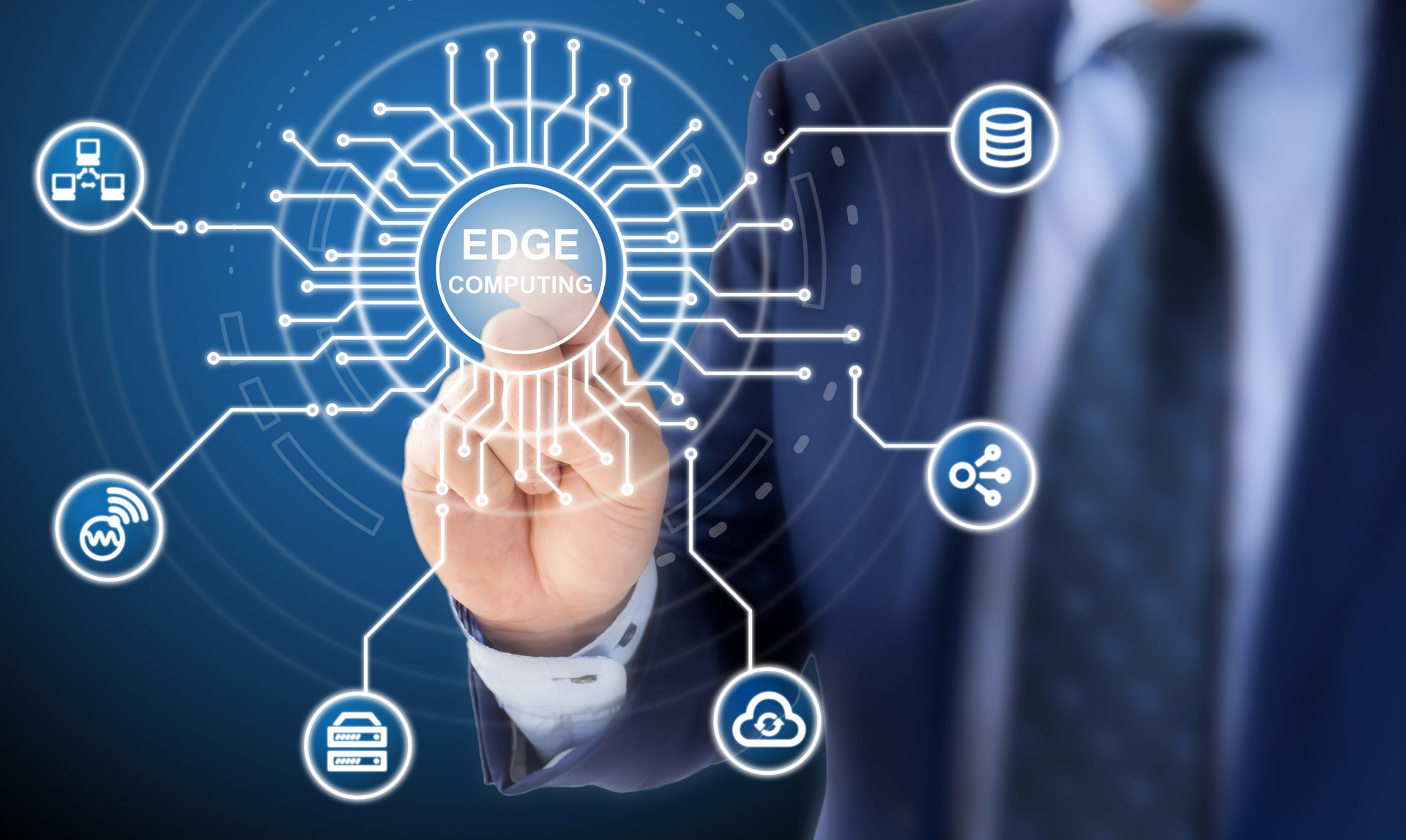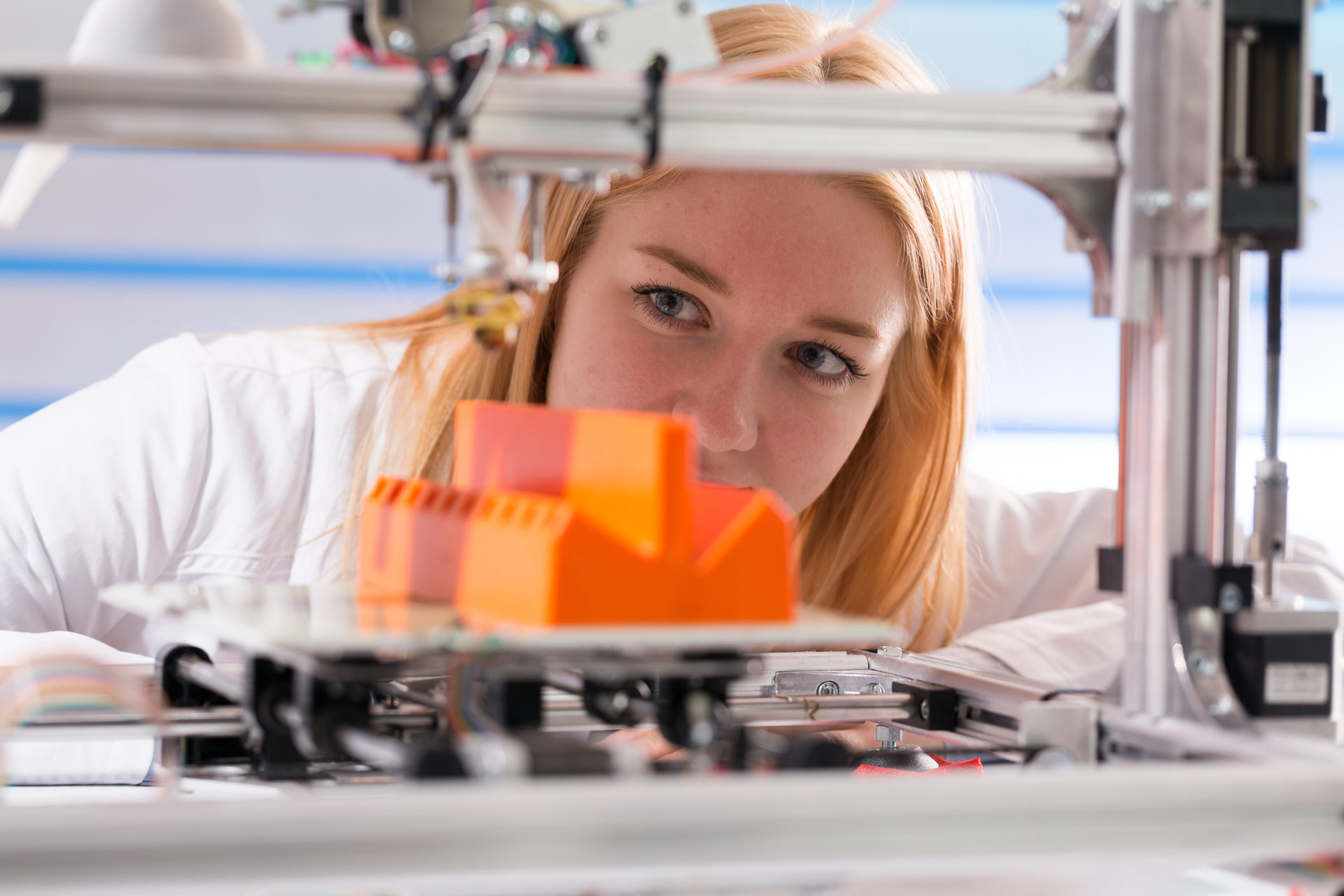Information and Communication Technologies (ICTs) are bringing new ways to interact and manipulate information that were previously unseen. They are also easily re-configurable, meaning that once the infrastructure is available (the computer laboratory, the internet connection, the educational laptop, etc.) it is considerably cheaper to test new software and to change what they do and how they are used. This potential for innovation has driven the digitalization of multiple aspects of life, and while education has always used technologies, ICTs brings to it the revolution of the hypermedia, the remote presence, the augmented reality, to cite a few. Books, notebooks, blackboards and even the architecture of a school or university building, are now complemented by a technology that allows the creation of multiple styles of content that can be shared with anyone in the world.
Brazilian educator Paulo Freire once said that “to teach is not to transfer knowledge, it is, instead, to create the possibility for its own production or creation”. He wanted to stress that teaching is a creative endeavor, in which the teacher’s curiosity and initiative are central to the process, and we are encouraged to view the potential of these technologies, and the new ways we can manipulate information and data, as something positive and full of potential. But we must stress that technology is not neutral, through its design, interface and even inner workings, it can conform the way we act and change how we teach and learn.
There is a variety of educational methodologies, from the more traditional based on memorization, copying and reproduction (that prefer the use of static texts and rote learning), to active methodologies, based on student activities and experiences (that may require specific activities and practices). While all of them benefit from an insightful evaluation, including the involvement of previous student competences, support, encouragement and understanding from the teacher, they differ in the way that they conceptualize education, knowledge and learning. As an example, there can be an incompatibility if a system was developed for a methodology, and a teacher is unfamiliar with said system, the lack of technical knowledge may limit the flexibility of ICTs.
This is not a simple problem of practices, or of choosing an adequate technology to work, as there are different actors involved. Students who may be familiar with certain learning environments, administrators who choose to use a certain platform, even policy makers have the power to influence which technologies are going to be used in the school. Sometimes, no choice will be given, but simply a required adoption of what is already being used. Responsibility also becomes an issue, as this adoption can have effects that extend beyond the classroom. Can a teacher use a social network to teach, even if that platform does not guarantee the privacy of the students? Or a messaging app, even though it opens a way of communication that does not respect working hours and school spaces? And how it will be defined which sites and web resources can be used for research?
As the digitalization of education progresses, the technical knowledge necessary to make informed choices grows. Ideally, teachers, administrators, policy makers and even students and their families, should be able to fully understand the technology (and it’s regulations and effects) in order to not only choose the best suited, but also to protect themselves from any harm that may come from this use. This is equivalent to say that developers should be fully conscious of the use and impact that their work will have on society. So, there is a knowledge gap here. The gap exists between the understanding of the technology itself and its uses and effects, requiring not only technical support in the traditional sense of repair and maintenance, but also support for the research, development and promotion of new educational practices articulated by technologies, while also investigating their impacts.
Paulo Freire’s observation is a reminder that education is an open process, always prone to surprises and innovations. It could also be seen as a statement that we should allow for the possibilities of creation of knowledge around the use and development of educational technologies.


